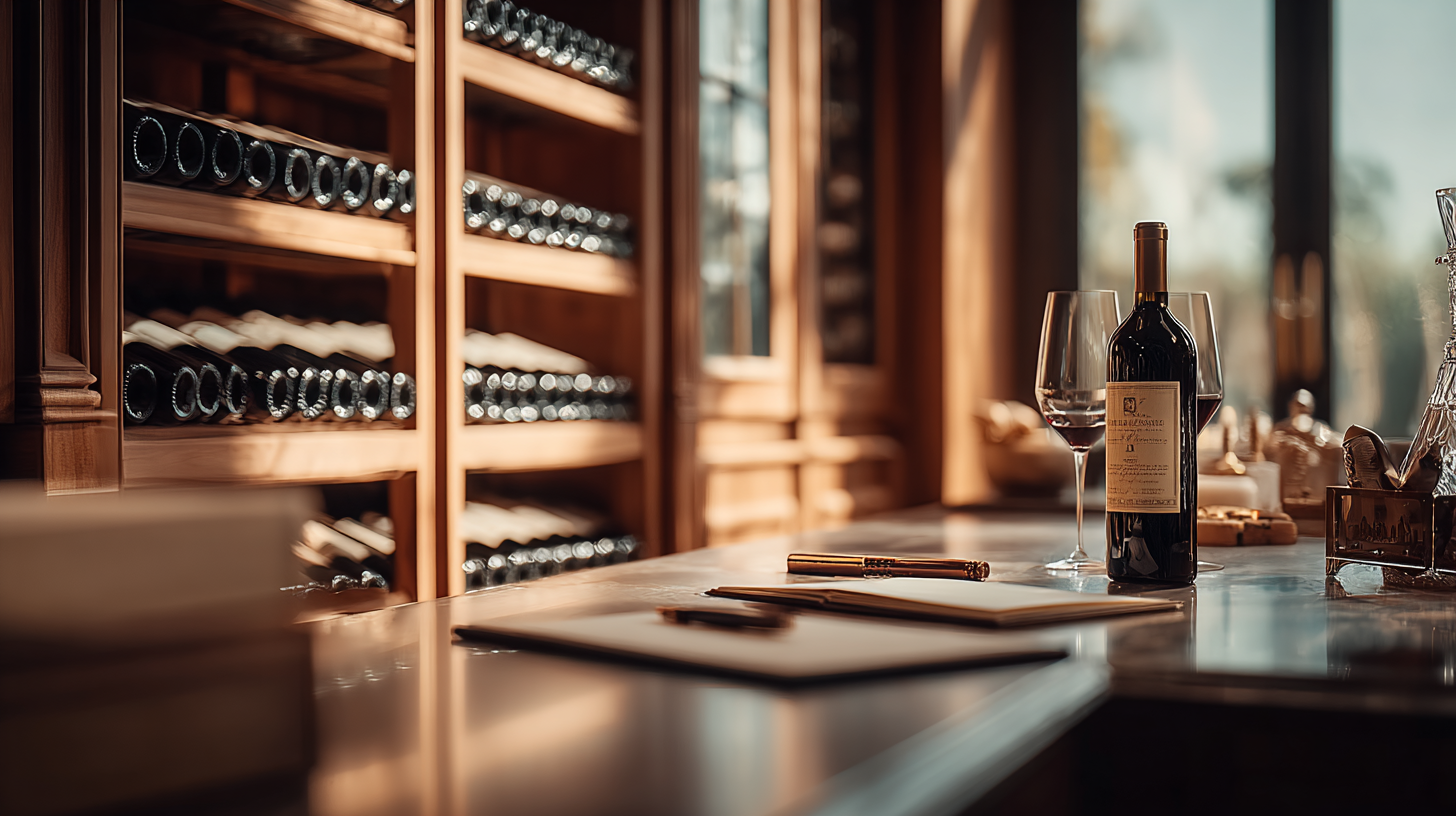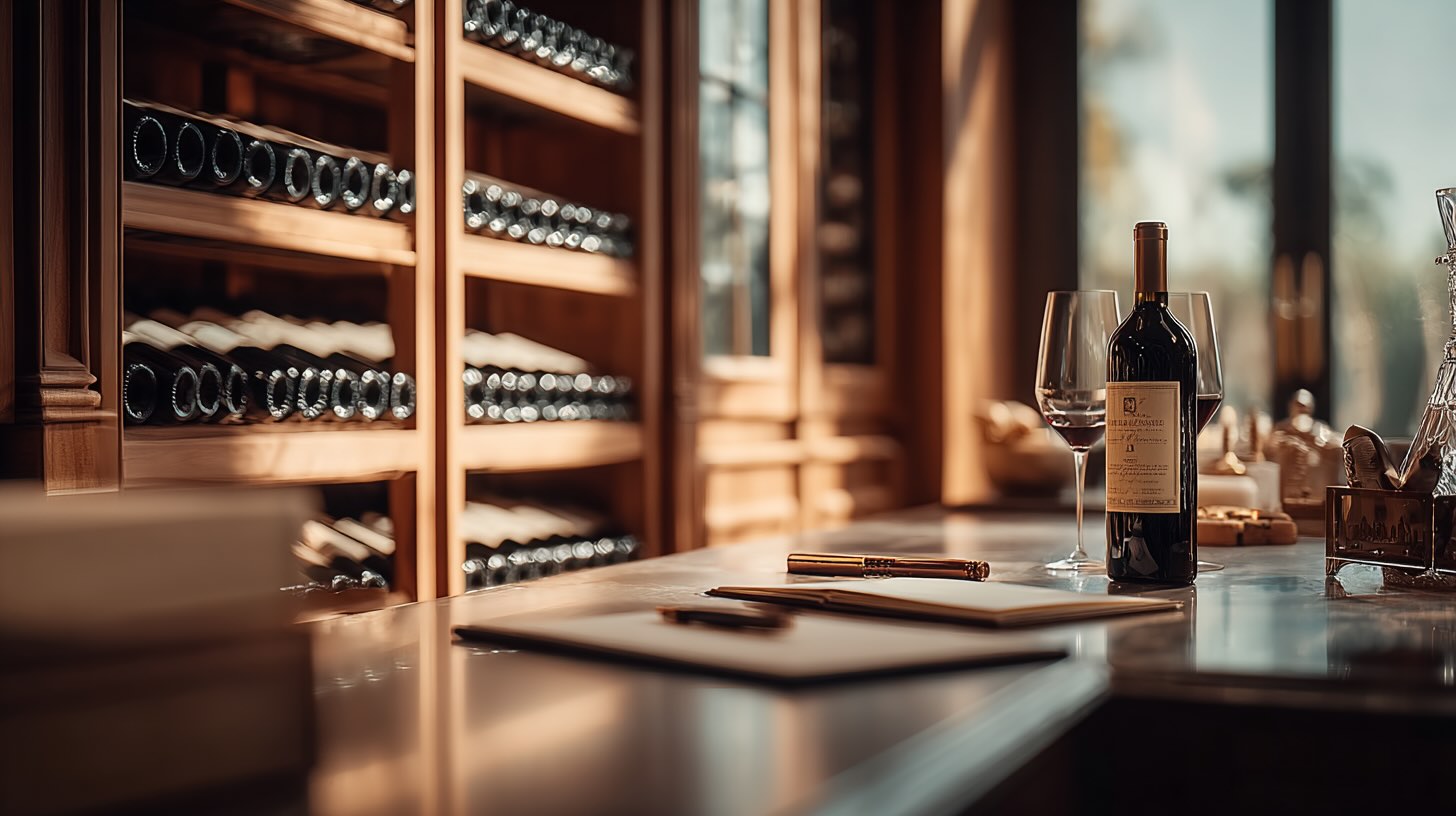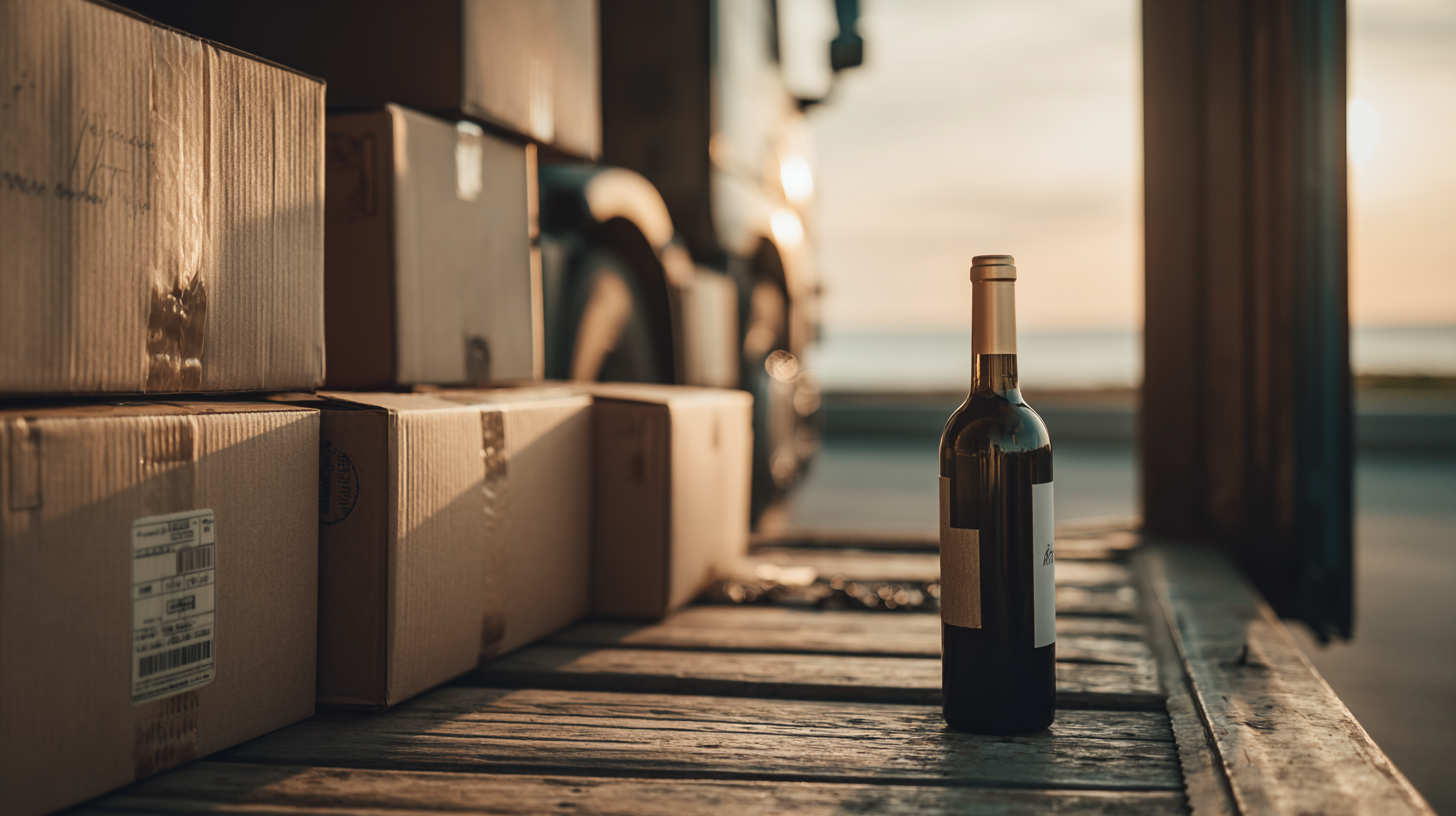
For a true collector, trust is paramount – trust that a prized bottle is genuine, well-kept, and as glorious as promised. Fine wine is a living product, and its journey from barrel to cellar can make or break its value. A single mishap in storage – a hot warehouse, a bumpy shipment – can quietly ruin an irreplaceable vintage. Research suggests that as many as one to three bottles out of ten on the secondary market show quality degradation due to improper handling and storage.
This is why provenance – the documented history of a wine’s life – has become the holy grail. A bottle’s backstory (where it has been, who stored it, and how) is now a defining factor in its worth. Wines with clear, uninterrupted provenance command far more trust and value than those with murky pasts. A case of Château Lafite Rothschild kept in professional bonded storage since release will always outshine the same wine that has bounced through unknown cellars. Collectors know that pristine provenance isn’t just about authenticity – it’s about condition.
Counterfeits and fraud also haunt the high-end wine world, making trust even more critical. Infamous scandals like the Rudy Kurniawan case – where a fraudster injected millions of dollars of fake rare wines into the market – shook collectors to their core. Even revered Old World names aren’t immune: a scandal involving bogus Sassicaia in Tuscany underscored that no region is safe from fakes. For serious buyers, this means scrutinizing every seal, label, and paper trail. They seek out trusted sources and demand proof – receipts, cellar records, even blockchain tags – anything to ensure a legendary bottle isn’t an expensive disappointment. In short, authenticity and provenance are the bedrock of trust, and trust is what separates a treasured magnum from a mere gamble.
Transparency: Lifting the Veil on Pricing and Process
Hand-in-hand with trust comes transparency – clarity about a wine’s pricing, history, and journey to one’s cellar. Yet traditionally, the fine wine market has been shrouded in opacity. Collectors often find themselves navigating a maze of brokers, auction houses, and hush-hush dealer networks where information is fragmented or hidden. Pricing can feel like a black box; the same bottle might carry vastly different price tags from one source to another, with little explanation. Intermediaries frequently take 20–35% in combined buyer/seller fees at auctions, quietly siphoning away a huge slice of a wine’s value.
The secondary market’s lack of transparency doesn’t end with fees. Settlement of sales can drag on for weeks or months, leaving sellers waiting and buyers with capital tied up. Meanwhile, reliable market data is hard to come by for individuals. Indices like Liv-ex provide some benchmarks, but private collectors still face incomplete or outdated pricing information, making it nearly impossible to judge fair value. In an age where a stock investor or car buyer can access real-time data with a click, wine enthusiasts are increasingly unwilling to accept opaque valuations.
Modern collectors, especially those who treat wine as part of their investment portfolio, are calling for a new norm: open, honest information. They want to know a bottle’s journey and its price justification. What did it cost on release? How has it traded over time? Are there any condition issues reflected in the price? This thirst for transparency extends beyond numbers to practices. For example, when a renowned Burgundy suddenly surges in price, collectors appreciate candid explanations – was it a tiny harvest? A spike in demand from abroad? Or just hype?
The good news is that parts of the wine world are catching up. Reputable merchants now publish provenance details and temperature logs. Online platforms let collectors trade peer-to-peer with live pricing, bringing what used to be an insider’s game into the open. The principle is simple: the more transparency, the more trust. And with something as emotionally and financially significant as fine wine, collectors deserve to see what they’re paying for, without the smoke and mirrors.
Access: Breaking the Bottleneck to Coveted Wines
Perhaps the most emotive pain point of all is access – or often, the lack thereof. The higher one climbs in the world of collectible wine, the more it can feel like a closed members-only club. Many of the Old World’s most sought-after labels – think Burgundy’s Domaine de la Romanée-Conti, or the top Super Tuscans and Barolos – are produced in tiny quantities and allocated through opaque distribution systems and insider networks.
Collectors without the right connections often find themselves paying extreme markups on the secondary market for bottles they couldn’t obtain at release. For example, a legendary Burgundy like DRC might sell for a few thousand dollars through official channels – but once it hits auction, the price can multiply overnight. The same goes for cult Barolos or First Growth Bordeaux: if you can’t get an allocation, you brace yourself to pay two, three, even five times the winery price to some reseller. This reality breeds resentment. Collectors swap stories of “flippers” who snag allocations only to resell for profit, or retailers who hold back stock to later list it at inflated resale prices.
Limited access also has a human toll on the collector’s experience. The ritual of collecting loses some magic when one must jump through hoops or cozy up to gatekeepers just to chase a bottle. Many serious enthusiasts end up participating in raffles, lotteries, or bundling lesser wines in order to earn a shot at the gems. Even then, there’s no guarantee. As a result, there’s a palpable longing in the collector community for a more equitable, merit-based system: one where true passion and not just connections open doors.
Some forward-thinking wineries and platforms are responding. We see more lotteries and direct-to-consumer releases to level the playing field. A few high-end estates have started allocating based on engagement – rewarding those who actually drink and appreciate the wine, not just hoard it. Still, for now, many collectors remain frustrated by the bottleneck to their bucket-list bottles. They aren’t asking for a free ride; they’re willing to pay fairly. But they yearn for access that feels fair and transparent, without having to pay triple through a broker or befriend a distributor’s cousin. Access, in essence, is about respect – respecting that collectors who love a wine should have a reasonable chance to enjoy it.
Beyond the Transaction: Legacy, Ritual, Identity
Peel back the layers of these practical concerns and you find something deeper at the heart of wine collecting: emotion. Fine wine, especially from storied Old World regions, carries cultural weight. Serious collectors aren’t in it only for status or profit – often, they are stewards of tradition, caretakers of liquid history. Collecting wine isn’t about thirst; it’s about legacy and personal identity.
Buying an iconic bottle like a 1945 Romanée-Conti isn’t just a purchase; it’s a moment of pride – a love letter to craftsmanship, time, and patience. That emotional connection drives collectors to endure all the hassles described above. These bottles become time capsules of a place and era, saved for a future milestone or passed on to the next generation. Many collectors dream of one day sharing a 50-year-old vintage with their children or close friends, using the wine as a bridge between past and future. In that sense, collecting is a way of writing one’s own story alongside the wine’s story.
There’s also a ritualistic joy in the whole endeavor. The meticulous care of a home cellar – monitoring temperature and humidity, gently dusting bottles and rotating stock – is all part of the reverence for the craft. Opening a great wine at the perfect moment becomes a meaningful ceremony. True collectors often find as much pleasure in anticipation and preservation as in the drinking. They may wait decades for a bottle to mature, deriving satisfaction from the mere knowledge that it rests safely, gaining complexity for a magical someday.
Importantly, high-end collectors also see themselves as part of a lineage. Owning a rare Burgundy from a legendary vineyard isn’t just owning a luxury item; it’s joining a continuum of aficionados who have cherished that wine over centuries. It becomes part of one’s identity – the Champagne collector who commemorates every anniversary, or the Burgundy expert who can pull a 1978 La Tâche for a comparative tasting. These identities are a source of pride and belonging in the wine community.
Toward a New Era of Collecting
The chorus of collector voices has grown louder in recent years, and the industry is beginning to listen. Fine wine may be an ancient pursuit, but it’s entering a new era where empathy and innovation are key. We’re seeing more technology aimed at guaranteeing provenance so that buyers can trust every bottle in their cellar. There’s momentum toward greater transparency too – live marketplaces and pricing databases now empower collectors with more information, eroding the old opacity. Even the longstanding allocation system is slowly evolving, with producers realizing that nurturing genuine enthusiasts beats leaving them disillusioned.
Still, meaningful change takes time. In the interim, the serious wine collectors’ wish list remains constant and clear: unimpeachable trust, real transparency, and fair access at every turn. These aren’t just business niceties, but the pillars that uphold a deeply cherished hobby (or for many, a way of life). Addressing these needs means fewer heartbreaking disappointments – like opening that long-sought bottle only to find it cooked – and more moments of pure joy and discovery. For the sommeliers and enthusiasts on the sidelines, it’s a chance to understand what truly matters to the collector: not flaunting price tags, but preserving heritage, quality, and the story in the bottle.
In the end, fine wine collecting is about connection – to history, to culture, and to a community of like-minded souls who find meaning in fermented grapes. By championing trust, transparency, and access, we honor that connection. We ensure that a wine’s journey from Old World vineyard to collector’s cellar is one of integrity and respect. And we affirm that when a collector finally does pull the cork on that special bottle, the experience in the glass will be everything they hoped for – a reward not just of patience and expense, but of passion well-placed.



.svg)




